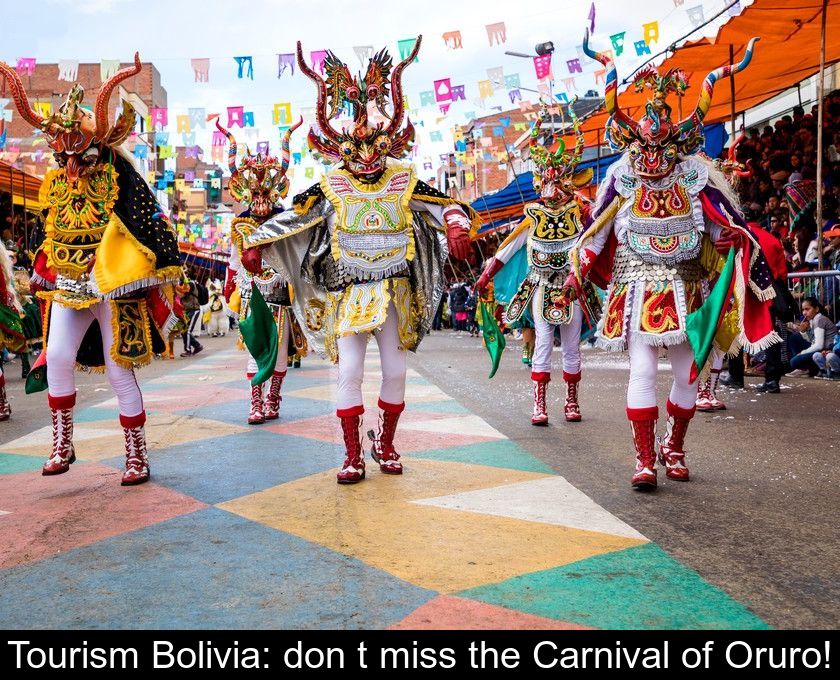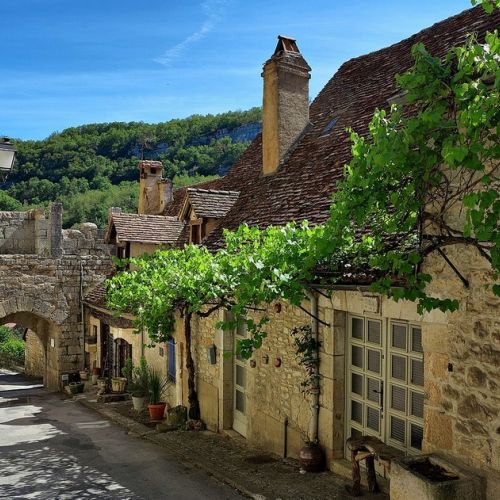Tourism Bolivia: Don't Miss The Carnival Of Oruro!
Less known than the carnival of Nice, Rio or Venice, the Carnival of Oruro is one of the most original of the world. What was originally an indigenous celebration has become a festival with strong religious connotations. This colorful festival is considered the biggest annual cultural event in Bolivia.
What are the origins of this carnival?
Less well known than the famous Rio Carnival in Rio de Janeiro, Brazil, the Oruro Carnival in Bolivia is nonetheless one of the most picturesque events in South America.
This singular festival was originally an indigenous celebration, the Ito festival. But in the 17th century, the Spaniards who had taken over this territory banned indigenous ceremonies. The Uru, however, continued to celebrate this festival under the guise of the Catholic Candlemas during the first week of February.
Even today, this carnival is part of the Ito festival held in honor of the Uru people. This event is so unique and representative of the local culture that it was inscribed by UNESCO on the Representative List of Intangible Cultural Heritage of Humanity in 2008.
What is its symbolic meaning?
The Carnival of Oruro is characterized by a strong religious symbolism. This festival invokes Pachamama, Mother Earth and Tio Supay, the god of the underworld.
These two Andean deities serve as the backdrop for the festivities, which feature a ritual known as the 'dance of the demons' or Diablada. The Diablada represents the triumph of Good over Evil.
Because of the evangelization of the country from the 16th century, this carnival is also linked to Catholic figures and legends. The Pachamama is assimilated to the Virgin Mary and Tio Supay to the devil...
A legend reports that in 1789, a fresco of the Virgin Mary would have appeared miraculously in one of the wells of the silver mine nearest to Oruro.
Since then, the carnival always begins with a ceremony dedicated to the Virgen del Socavon (the Virgin of the Mine). The most important festivities of this carnival are actually held around the Sanctuaria del Socavon (the church of the mine).
What are the traditions of this carnival?
The Carnival of Oruro includes several thematic parades that feature a wide variety of myths and legends.
The highlight of the festivities is a grand procession where more than 28,000 dancers and 10,000 musicians march in groups of 50 dancers for nearly 20 hours along a 4 km route.
These groups perform different dances typical of Bolivian folklore such as the Caporales, the Diablada, the Morenada, the Tinku and the Kullawada.
This procession ends with two plays reminiscent of medieval mysteries: one on the theme of the Spanish conquest and the other on the battle between good and evil, with the triumph of the archangel Michael over the devil and the seven deadly sins. The figure of the archangel was introduced into this festival by the Catholic clergy in 1818.
With its singular traditions, stemming from the syncretism between pre-Columbian religious beliefs and the Christian religion, this Bolivian carnival has no equal in breaking the routine of daily life.
The very colorful costumes of sometimes impressive scale contribute to make this carnival truly spectacular. The event is therefore an unforgettable experience for the traveler.
On what dates does it take place?
The Carnival of Oruro usually takes place in the month of February, in the days before Mardi Gras.
This carnival lasts 4 days and traditionally ends on Shrove Tuesday, which will fall on February 21, 2023 this year, and then on February 13, 2024 next year.
If you plan to visit Bolivia during this time, you absolutely must attend this carnival considered the biggest annual cultural event in the country.
These festivities are one of Bolivia's must-see tourist attractions along with its salt deserts, lakes and enchanting landscapes.






